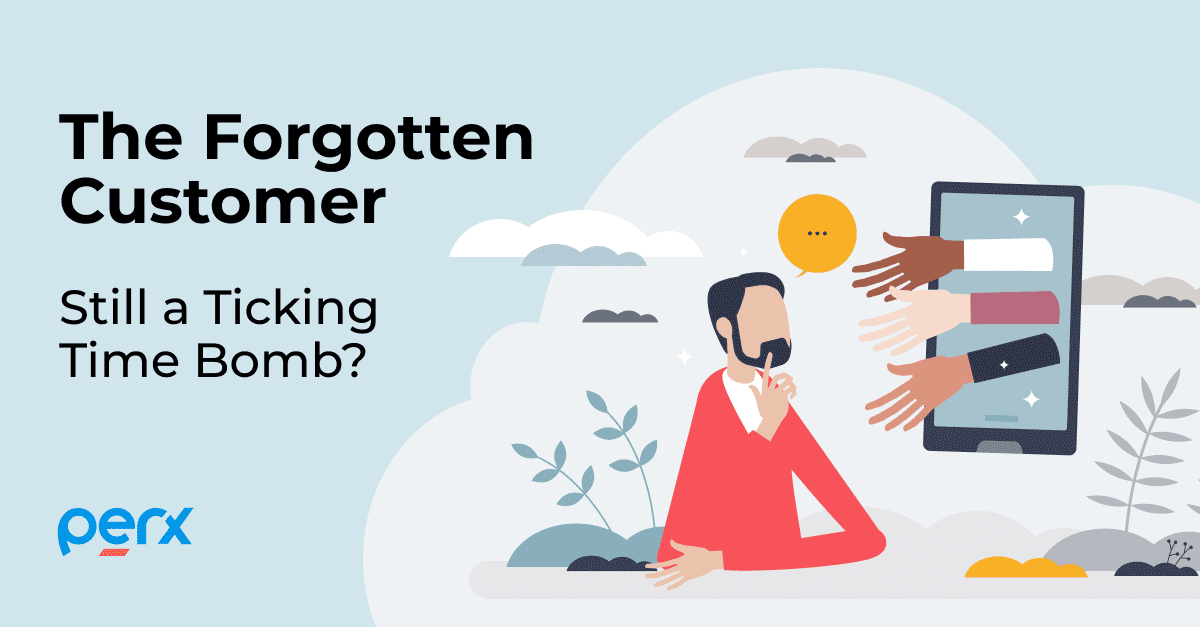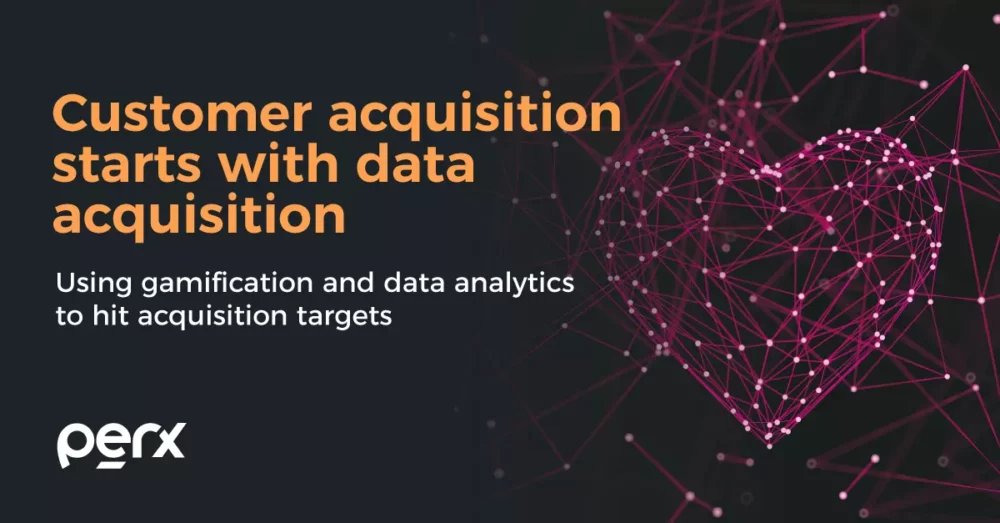5 Ways to Use Gamification with Customer Relationship Management

5 Ways to Use Gamification with Customer Relationship Management
Customer retention. New customer acquisition. Is the balancing act between these two aspects of business keeping you up at night? Figuring out the ideal amount to spend on each type of outreach is enough to give anyone a headache. Fortunately, modern technology and tactics can provide an answer.
Customer Acquisition vs. Retention: Which Side is Winning?
There’s an oft-cited statistic — coined by Bain & Co. fellow Fred Reicheld more than two decades ago and treated as a guiding principle ever since — that says a mere 5% retention increase could boost your profits by 25% or more. Add this to the fact that customer acquisition costs have recently risen approximately 60% over a period of five years and the answer seems clear: retention is the safe bet.
But where does that leave acquisition? It’s expensive and time-consuming to go for new business, but if your company cuts off funding for its efforts to attract new audiences, how will you grow?
Fortunately, there is an answer that serves both sides. A modern customer relationship management (CRM) approach, embracing gamification and data analytics, frees your company up to excel at customer acquisition while delivering powerful levels of retention.
Many companies fail to turn their CRM strategy into a retention tool or leverage it to help with customer acquisition. By building a functional and relevant program, you can differentiate yourself from these also-rans.
Up Your Game With a Newly Imagined, Dynamic CRM Approach
Improved CRM practices can take a few forms, all worth investigating. It’s important to note that making better use of customer relationship data isn’t an end unto itself. Rather, this is a way to target big, important business goals.
Retaining your customers at higher rates? That becomes easier when you’re making decisions based on data and analytics. Having more time, money and other resources free for acquisition? That’s what happens when your CRM approach is more focused and efficient.
As long as your business interacts with customers through a digital experience such as an app, you have data flowing in that can inform the future of your CRM strategy, as well as touchpoints where you can use tools such as gamification to please and engage your audience.
Consider the success of companies that have taken this approach with the Perx platform:
- An 86% customer engagement rate.
- 225% user growth.
- Outreach campaigns that are 320 times faster to set up and execute.
These types of transformations are in reach for businesses that commit to not just holding customer data but applying it to everyday interactions.
Some of the general effects of a dynamic approach to customer data include:
- An opportunity to identify and nurture the most valuable communication channels.
- A streamlined path for acquiring, onboarding and delighting new customers with dynamic experiences and rewards.
- Deeper connections with existing customers, created by reaching them at multiple touchpoints, online and offline.
- A higher volume — and quality — of customer interactions, improving lifetime value and promoting brand advocacy.
- Better personalization of rewards, driving instant gratification, social virality and long-term loyalty.
Better CRM strategy, with all its inherent advantages, is at the core of customer retention. Now, to collect and use the data that powers this concept, you need a practical way to stay engaged in your customers’ lives and lifestyles. That’s where gamification comes in.
Playing the Right Hand to Win Your Customers’ Hearts: 5 Gamification Tips
Better CRM practices let you understand your customers’ lifestyles. You can uncover their particular interests, their unique differentiators and their wants and needs. While this would be a challenge in the more opaque world of analog business, data makes it possible. Gamification gives you a quick and practical way to use the resulting insights.
Your interactions with customers can evolve. Rather than dealing with a business, merely carrying out transactions, they’re doing something fun and compelling that boosts their serotonin.
Rewards programs are the perfect place to create gamified experiences that fit seamlessly into your customers’ lifestyles. When using your brand’s app feels immediately rewarding, your customers are well on their way to becoming enthusiastic arand advocates.
Here are five ways to launch a gamified customer interaction strategy in which everyone wins:
- Focus on instant gratification: If customers have to wait too long to earn perks and bonuses they like, there’s a greater chance they’ll abandon your platform. Delight them right away with a user-friendly mobile experience and an introductory reward to get off to a strong start.
- Create a continuous, exciting cycle of rewards: Legacy rewards programs tend to show a lot of user downtime. Customers earn a few points, and then they wait before logging back in to spend them at some later date. Offering more frequent interactions is an easy way to keep your brand top of mind.
- Build the entire program around customer lifestyles: What do your customers do for fun? What do they value? What kinds of rewards and interactions excite them — and how do they share that excitement with friends and family? These are the questions that should guide interactions and reward design.
- Make rewards personalized and meaningful: The more you know about each individual customer, the more closely you can align brand rewards with their interests. This is why improved CRM strategies are an essential building block for gamified customer interactions that really move the needle on retention.
- Fully integrate gamified interactions: You don’t want to silo away your fun, engaging customer experience so only a small group of people can take advantage. Pushing this new data-driven interaction style to as many of your customers as possible creates a powerful loop of good experiences and rich data that fuels future personalization.
With such a strategy in place, your brand can hold onto your customers through consistently compelling experiences. Running these campaigns with a heavy dose of automation behind the scenes means they are more efficient and cost-effective than manual efforts and frees up resources for acquisition and other marketing strategies. Add this to the referrals and brand advocacy of your newly delighted customers, and it’s easy to see how retention and acquisition can exist side by side.
Want to know more? Read our case study to find out how Mambu and Perx used supercharged last-mile experiences to turn brand customers into superfans.
Recommended for you

Blogs

Sustainability

Blogs

Blogs

Blogs
Ready to join them?


























